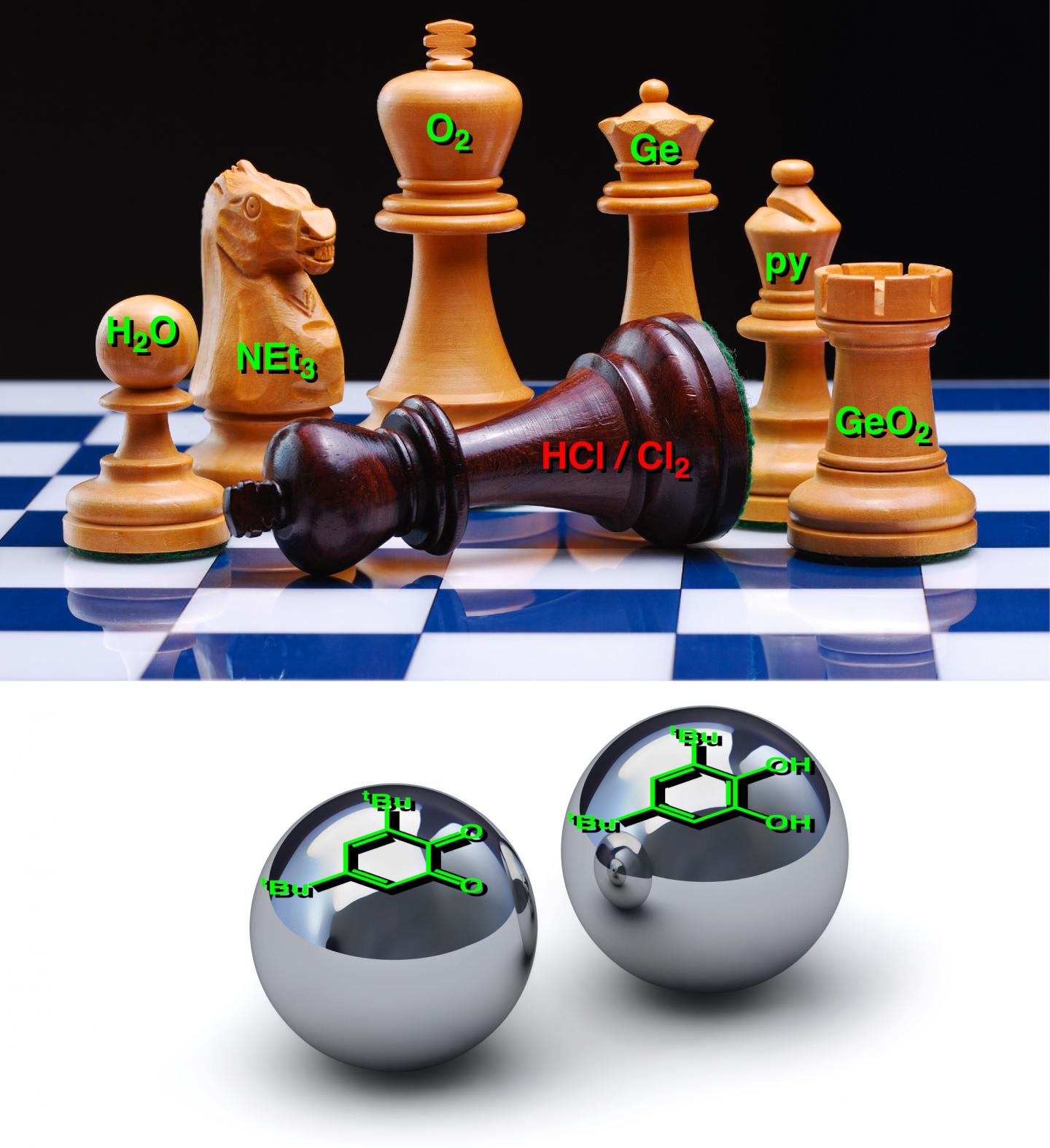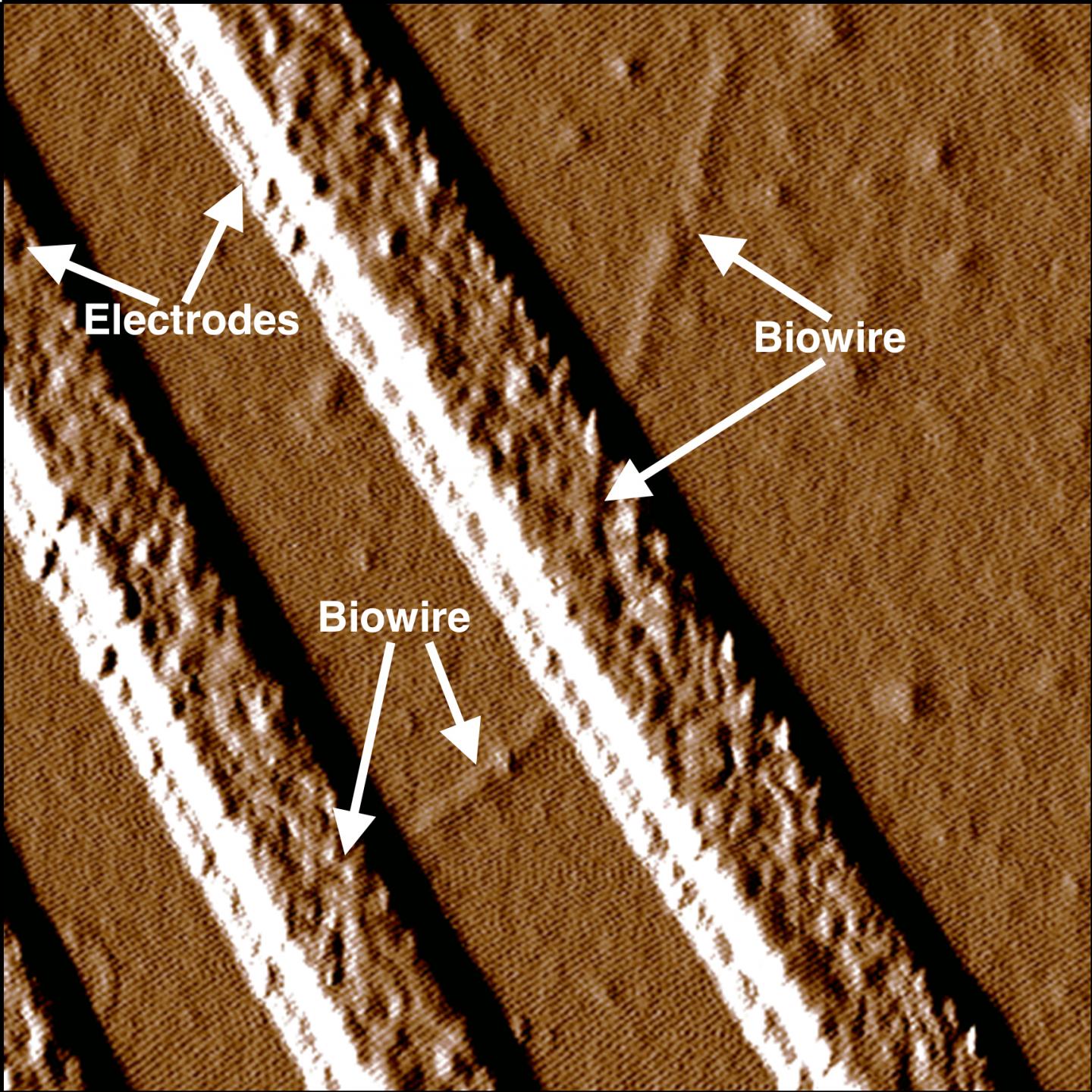The race to find applications for cellulosic nanomaterials continues apace. The latest entrant is from Clemson University in South Carolina (US). From a July 27, 2016 news item on Nanowerk,
Trees that are removed during forest restoration projects could find their way into car bumpers and fenders as part of a study led by Srikanth Pilla of Clemson University.
Pilla is collaborating on the study with researchers from the USDA Forest Service’s Forest Products Laboratory in Madison, Wisconsin.
The Madison researchers are converting some of those trees into liquid suspensions of tiny rod-like structures with diameters 20,000 times smaller than the width of a human hair. Pilla is using these tiny structures, known as cellulosic nanomaterials, to develop new composite materials that could be shaped into automotive parts with improved strength.
The auto parts would also be biorenewable, which means they could go to a composting facility instead of a landfill when their time on the road is done. The research could help automakers meet automotive recycling regulations that have been adopted in Europe and could be on the way to the United States.
Pilla, an assistant professor in the Department of Automotive Engineering at Clemson University, wants to use the composite materials he is creating to make bumpers and fenders that will be less likely to distort or break on impact.
“They will absorb the energy and just stay intact,” he said. “You won’t have to replace them because there will be no damage at all. Parts made with current materials might resist one impact. These will resist three or four impacts.”
A July 27, 2016 Clemson University media release, which originated the news item, describes the project and the reason for the support provides an interesting view of the politics behind the science (Note: A link has been removed),
The U.S. Department of the Agriculture’s National Institute of Food and Agriculture is funding the $481,000 research project for five years. Pilla’s research will be based out of the Clemson University International Center for Automotive Research in Greenville, South Carolina.
Craig Clemons, a materials research engineer at the Forest Products Laboratory and co-principal investigator on the project, said that the Forest Service wants to find large-volume uses for cellulosic nanomaterials.
“We find appropriate outlets for all kinds of forest-derived materials,” he said. “In this case, it’s cellulosic nanomaterials. We’re trying to move up the value chain with the cellulosic nanomaterials, creating high-value products out of what could otherwise be low-value wood. We’ll be producing the cellulosic nanomaterials, which are the most fundamental structural elements that you can get out of wood and pulp fibers. We’ll also be lending our more than 25 years of experience in creating composites from plastics and wood-derived materials to the project.”
The research is environmentally friendly from start to finish.
The cellulosic nanomaterials could come from trees that are removed during forest restoration projects. Removing this material from the forests helps prevent large, catastrophic wildfires. Researchers will have no need to cut down healthy trees that could be used for other purposes, Pilla said.
Ted Wegner, assistant director at the Forest Products Laboratory, said, “The use of cellulosic nanomaterials will help meet the needs of people for sustainable, renewable and lightweight products while helping to improve the health and condition of America’s forests. The United States possesses abundant forest resources and the infrastructure to support a large cellulosic nanomaterials industry. Commercialization of cellulosic nanomaterials has the potential to create jobs, especially in rural America.”
One of the technical challenges Pilla and Clemons face in their work is combining the water-friendly cellulosic nanomaterials with the water-unfriendly polymers. They will need to show that the material can be mass produced because automakers need to make thousands of parts.
“We will use supercritical fluid as a plasticizer, allowing the nanoreinforcements to disperse through the polymer,” Pilla said. “We can help develop a conventional technique that will be scalable in the automotive sector.”
Robert Jones, executive vice president for academic affairs and provost at Clemson, congratulated Pilla on the research, which touches on Jones’ area of expertise.
Jones has a bachelor’s in forest management, a master’s in forestry from Clemson and a doctorate in forest ecology from the State University of New York College of Environmental Science and Forestry, Syracuse University.
“The research that Srikanth Pilla is doing with the USDA Forest Service is a creative way of using what might otherwise be a low-value wood product to strengthen automobile parts,” Jones said. “It’s even better that these parts are biorenewable. The research is good for the Earth in more ways than one.”
This research could grow in importance if the United States were to follow the European Union’s lead in setting requirements on how much of a vehicle must be recovered and recycled after it has seen its last mile on the road.
“In the U.S., such legislation is not yet here,” Pilla said. “But it could make its way here, too.”
Pilla is quickly establishing himself as a leading expert in making next-generation automotive parts. He won the 2016 Robert J. Hocken Outstanding Young Manufacturing Engineer Award from the nonprofit student and professional organization SME.
Pilla is nearing the end of the first year of a separate $5.81-million, five-year grant from the Department of Energy. As part of that research, Pilla and his team are developing ultra-lightweight doors expected to help automakers in their race to meet federal fuel economy standards.
Zoran Filipi, chair of Clemson’s automotive engineering, said that Pilla is playing a key role in making Clemson the premiere place for automotive research.
“Dr. Pilla is doing research that helps Clemson and the auto industry stay a step ahead,” Filipi said. “He is anticipating needs automakers will face in the future and seeking solutions that could be put into place very quickly. His research with the USDA Forest Service is another example of that.”
Congratulations also came from Anand Gramopadhye, dean of Clemson’s College of Engineering, Computing and Applied Sciences.
“Dr. Pilla’s work continues to have an impact on automotive engineering, especially in the area of manufacturing,” Gramopadhye said. “His innovations are positioning Clemson, the state, and the nation for strength into the future.”
This search for applications is a worldwide competition. Cellulose is one of the most abundant materials on earth and can be derived from carrots, bananas, pineapples, and more. It just so happens that much of the research in the northern hemisphere focuses on cellulose derived from trees in an attempt to prop up or reinvigorate the failing forest products industry.
In Canada we have three production facilities for cellulosic nanomaterials. There’s a plant in Alberta (I’ve never seen a name for it), CelluForce in Windsor, Québec, and Blue Goose Biorefineries in Saskatchewan. I believe Blue Goose derives their cellulosic *nanomaterials* from trees and other plant materials while the Alberta and CelluForce plants use trees only.
CelluForce Update
CelluForce represents a big investment by the Canadian federal government. The other companies and production facilities have received federal funds but my understanding is that CelluForce has enjoyed significantly more. As well, the company has had a stockpile of cellulose nanocrystals (CNC) that I first mentioned here in an Oct. 3, 2013 post (scroll down about 75% of the way). A June 8, 2016 CelluForce news release provides more information about CelluForce activities and its stockpile,
- In the first half of 2016, Cellulose nanocrystals (CNC) shipments to industrial partners have reached their highest level since company inception.
- Recent application developments in the oil & gas, the electronics and plastics sectors are expected to lead to commercial sales towards year end.
- New website to enhance understanding of CelluForce NCCTM core properties and scope of performance in industrial applications is launched.
Montreal, Québec – June 8th 2016 – CelluForce, a clean technology company, is seeing growing interest in its innovative green chemistry product called cellulose nanocrystals (CNC) and has recorded, over the first half of 2016, the largest CNC shipment volumes since the company’s inception.
“Over the past year, we have been actively developing several industry-specific applications featuring CelluForce NCCTM, a form of cellulose nanocrystals which is produced in our Windsor plant. Three of these applications have now reached a high level of technical and commercial maturity and have been proven to provide cost benefits and sustained performance in the oil & gas, electronics and plastics segments,” said Sebastien Corbeil [emphasis mine], President and CEO of CelluForce. “Our product development teams are extremely pleased to see CelluForce NCCTM [nanocrystalline cellulose; this is a trade name for CNC] now being used in full scale trials for final customer acceptance tests”.
With the current shipment volumes forecast, the company expects to deplete its CelluForce NCCTM inventory by mid-2017 [emphasis mine]. The inventory depletion will pave the way for the company to start commercial production of CNC at its Windsor plant next year.
CelluForce has built a strong network of researchers with academic and industrial partners and continues to invest time and resources to develop, refine and expand applications for CNC in key priority industrial markets. Beyond oil & gas, electronics and plastics, some of these markets are adhesives, cement, paints and coatings, as well as personal and healthcare.
Furthermore, as it progressively prepares for commercial production, CelluForce has revamped its digital platform and presence, with the underlying objective of developing a better understanding of its product, applications and its innovative green technology capabilities. Its new brand image is meant to convey the innovative, versatile and sustainable properties of CNC.
Nice to see that there is sufficient demand that the stockpile can be eliminated soon. In my last piece about CelluForce (a March 30, 2015 post), I noted an interim president, René Goguen. An April 27, 2015 CelluForce news release announced Sebastien Corbeil’s then new appointment as company president.
One final note, nanocrystalline cellulose (NCC) was the generic name coined by Canadian scientists for a specific cellulose nanomaterial. Over time, cellulose nanocrystals (CNC) became the preferred term for the generic material and CelluForce decided to trademark NCC (nanocrystalline cellulose) as their commercial brand name for cellulose nanocrystals.
*Added *nanomaterials* after the adjective, cellulosic, on March 31, 2023.



